What you need to know about playing Amazon’s New World MMORPG as a World of Warcraft veteran
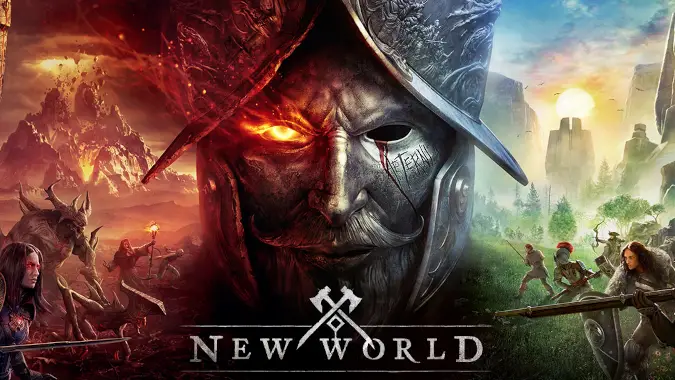
When I first heard about Amazon’s New World MMORPG, the initial pitch described a hard core PVP game, and I could not have been less interested. But after playing through both closed and open beta, the unique setting, gorgeous graphics, and distinctive takes on the pillars of the MMO genre had me hooked. After some initial hiccups at launch, I got into the game and I’ve been enjoying it ever since.
If you didn’t get a chance to participate in the open beta and you’re wondering what’s the game is like, let me give you a quick overview of how it compares to my main game of the last fifteen years, World of Warcraft.
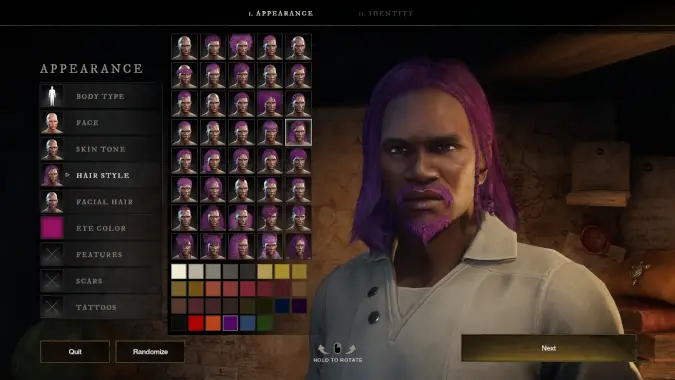
Which aspects of New World are very similar to WoW?
Character creation
Character creation comes after a short video to introduce the main narrative hook of heading off to explore a mysterious island. The camera pans into the ship where your character is huddled below decks, and then there’s a standard character creation screen with options similar to what you see in World of Warcraft. You’re picking from pre-defined selections. There aren’t any sliders.
There’s only one race — Humans — but you’ll find a wide variety of skin tones, hairstyles, tattoos, etc.
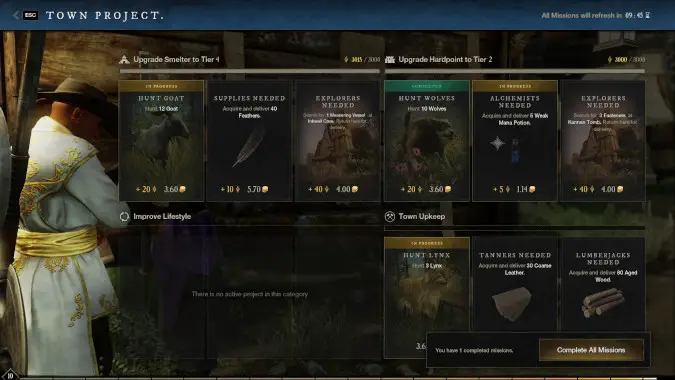
Questing
Questing in New World is standard MMO fare. You talk to an NPC, and get a little voiced-over dialog along with your mission objective. This usually involves killing the various wildlife in the surrounding area, but sometimes the NPC will ask you to deliver a message to another NPC, craft something, or retrieve an item. These are all quests players have essentially done in World of Warcraft and other MMOs hundreds of times.
Players also receive quests from the Town Project Board. Each settlement has a Town Project Board with various quests that follow the same major archetypes. Completing these quests will raise your standing with the settlement, but also help to upgrade the settlement itself with higher tiers of crafting stations. These crafting stations, like the Smelter for smelting ore, are then usable by everyone regardless of their standing or how many Town Project missions they contributed to.
Standing is New World’s term for Reputation in World of Warcraft. As you hit certain thresholds, the settlement will offer you a reward. You can choose from various buffs like increased experience points for killing monsters in that settlement’s Territory (basically what we called a zone), reduced costs to crafting in the settlement, or even more storage space at that settlement’s Storage Shed.
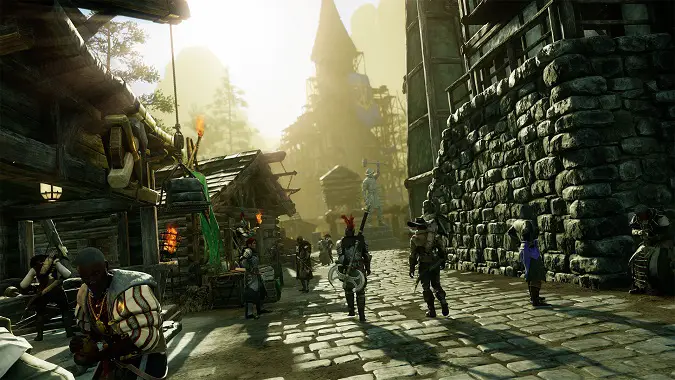
Storage and Auction House
Speaking of the Storage Shed, each settlement has a one along with a Trading Post. In World of Warcraft, the Storage Shed is your Bank and the Trading Post is the Auction House. Like the earliest days of World of Warcraft, the various Trading Posts are not linked, but you can search across all Trading Posts. Prices can vary widely between settlements — you might save a bunch of coin buying your new sword in Monarch’s Bluffs rather than Everfall. The Storage Sheds are linked, but only if the same faction controls both settlements. Unlike some other modern MMOs, crafting materials must be in your inventory to use them, and not in your Storage Shed.
There are no vendors in New World. Unwanted equipment must be sold at the Trading Post to other players, but most of the time, you’ll want to Salvage it. Salvaging is like disenchanting. You’ll get some crafting materials and a reagent called repair parts. Whenever you repair in New World, it takes coin (gold), and a variable number of Repair Parts.
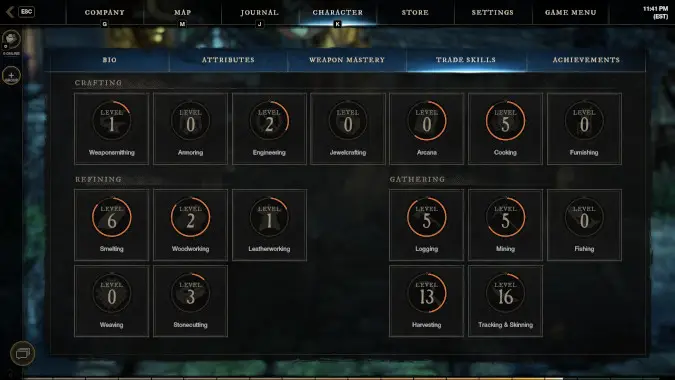
Which aspects of New World are a little different from WoW?
Crafting
New World’s crafting system is deep, detailed, and integral to every part of the game. Unlike World of Warcraft, you can learn every single Trade Skill (profession), and while you can choose to concentrate on just a couple, dabbling in them all provides major benefits to your character. New World separates out the the gathering like Herbing, Mining, and Skinning from the refining like Smelting and Stonecutting. Each is a distinct Trade Skill. Then you have your production Trade Skills like Engineering, Weaponsmithing, and Armoring. There’s even a Furnishing profession to make furniture for players to put into their houses — more on that in a moment.
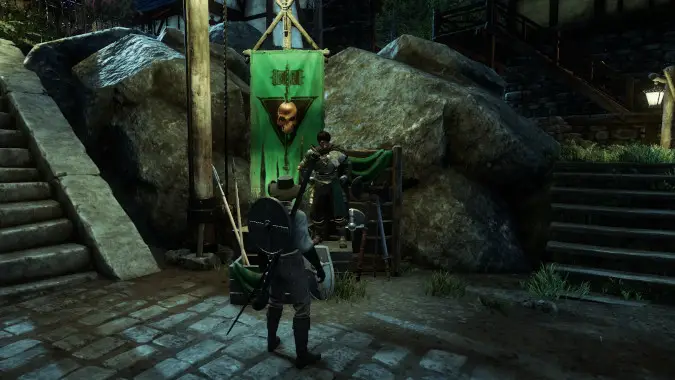
Factions
New World has three color coded factions: The Marauders (green), The Syndicate (purple) and the Covenant (yellow). Each faction has a basic philosophy. The Marauders hold that, “might makes right,” The Syndicate thinks, “science will save us,” while The Covenant says, “religion will save us.”
Players choose their faction after an introductory quest around level 8 or 9. It’s like choosing a Covenant in Shadowlands. The factions battle in PVP for control of the various settlements. Players of any faction can still use the town, but when your faction owns a town, you receive discounts to crafting and Trading Post (Auction House) costs. The Company (New World’s word for a guild) that controls the town can set the rate on Property Tax, Trading Tax, Crafting Fees, and Refining Fees.
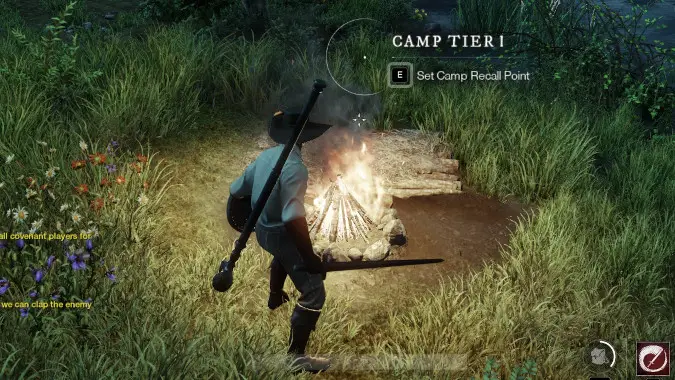
Hearthing / Fast Travel
When you reach a new settlement, you’ll have the opportunity to register at an Inn. This is just like setting your Hearthstone in World of Warcraft. Every 60 minutes, you can recall to the Inn. As previously alluded to, New World has player housing. You can buy a house in each settlement. You can then recall to either your house or the Inn, but they share the one hour cooldown.
New World also lets you construct a camp when you’re away from town. This takes a small amount of readily available crafting materials. The camp provides another place to recall, but critically, it sets your respawn point if you die. Without a camp, your respawn point can be a good hike from where you were questing.
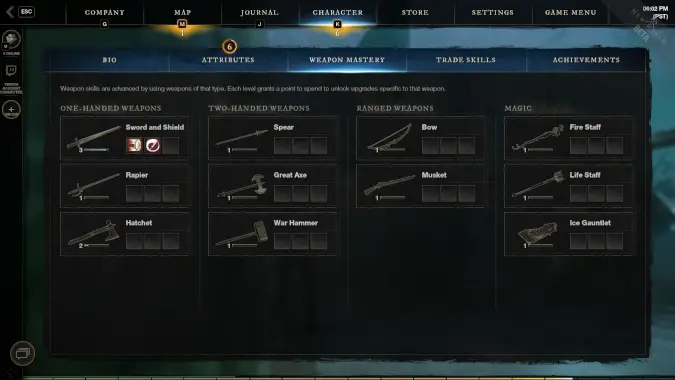
Which aspects of New World differ completely from WoW?
No classes
New World doesn’t have classes. Everything is based upon your currently equipped weapon. You’ll receive character XP as normal, but killing monsters also awards weapon skill for the weapon (or weapons) you’ve used during the battle. As you gain weapon skill, you’ll level up your weapon which will open a talent tree for that weapon type. It reminds me a little of the original Artifact weapons from Legion.
Some of the options in the tree are active abilities while others are passive improvements. If you take all the passives, New World’s combat can get repetitive and boring fairly quick. The active abilities become your hot buttons. They all have decent cooldowns so you’re never spamming your keys.
Anytime you switch weapons, your hotbar automatically changes to the abilities for your newly equipped weapon. You can have two weapons “prepared”. This means you can switch between them in combat, but to change which two you have ready, you have to be out of combat. I’ve been running around with a Great Axe and Lifestaff equipped. I open the fight with the Lifestaff and then switch to the Great Axe when the mob gets close. If I wanted to switch to my Musket, I’d need to wait until I was out of combat and change out the musket for either the Lifestaff or the Great Axe.
Each weapon scales with a particular stat. Melee weapons tend to scale with Strength, ranged weapons with Dexterity and magic weapons with Focus. You get points to assign to the various attributes as your character levels. Over time, you’ll start building your character towards being more effective with one or two of the weapons and players are already developing “builds” for PVP and PVE. You can respec both your attributes and weapon talent tress for free as long as you are below level 20, but after twenty, there’s a Azoth (a major consumable) cost associated with respeccing.
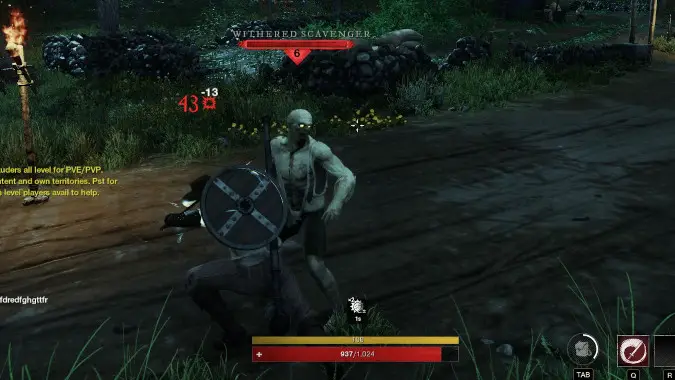
Combat
Amazon calls their system Action Combat. I’ve been told its a bit like Dark Souls but I never played that game. To me, it feels like a combination of Overwatch and World of Warcraft. There’s no tab targeting or hard lock targeting. You don’t click on a mob. Instead, there’s a crosshair in the middle of your screen. Your main attack is your left mouse button and your block is your right mouse button. You can hold the right button to charge a heavy attack. You can also dodge with Left Shift like in Guild Wars 2. Your attacks and skills have ranges (hitboxes) but there’s no indicator drawn on the ground for either you or your opponent. After some trial and error, you figure it out, but it’s a little disappointing the first time you blow your eighteen-second cooldown and hit nothing but air.
Your character starts with a sword and shield, one of the most tanky weapon types in New World. You run up to a mob, put it in the crosshair and start wailing away. You watch your opponent and when it rears back, you either dodge or use your shield. After a couple of combats, I got the hang of it — the early mobs are quite forgiving. Practice on these mobs because later mobs are far more deadly.
It’s the same with ranged attacks, spells, and heals. Healing is quite challenging as you have to try to hit with your moving party members with cast time spells. Imagine using Healing Rain or Efflorescence, but the circle you place on the ground is only big enough for one person. At least you can target yourself my holding down the left control key.
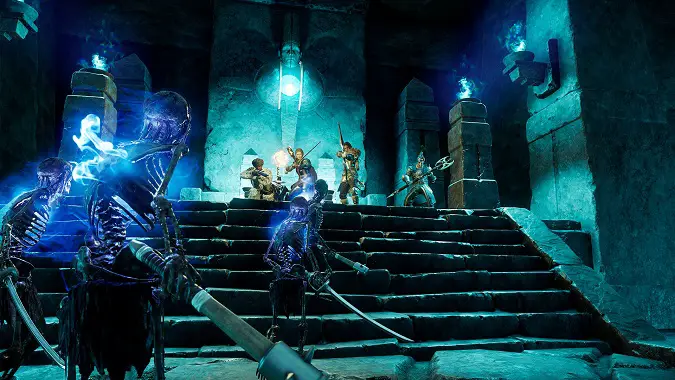
It’s a whole new world
New World uses a buy-to-play model. You pay for the base game and you can play it as much as you want. There’s no monthly subscription fee. Most players anticipate microtransactions will have to be added at some point in the future (the developers need to keep the lights and severs on), but it’s all just speculation at the moment.
PVP is entirely optional. You have to opt-in in a settlement like World of Warcraft’s War Mode. So far, New World has been a robust and fun diversion for me. I loved exploring a setting so unlike any other MMO I’ve ever played. I’d recommend you give it a shot.
Originally published 7/29/2021, updated 10/7/2021
Please consider supporting our Patreon!
Join the Discussion
Blizzard Watch is a safe space for all readers. By leaving comments on this site you agree to follow our commenting and community guidelines.
 @honorshammer
@honorshammer



